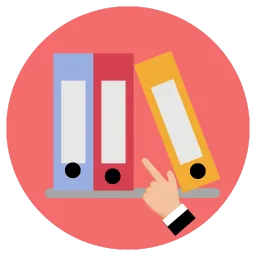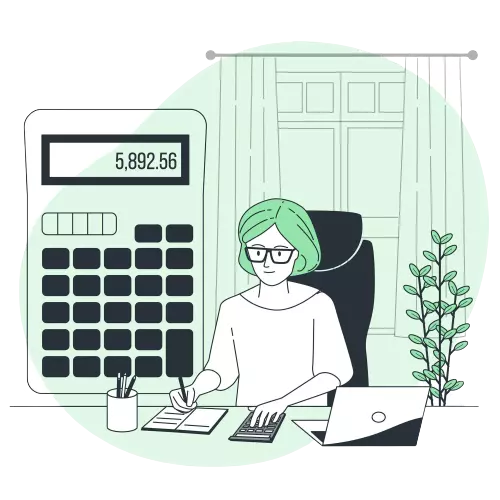Interview transcription is the process of converting speech into a written format. It includes question-answer recording sessions between two or more people. It’s generally used for business, legal, research, media, and medical purposes.
To transcribe an interview efficiently, you need to be proficient in the following skills:
- Listening capabilities
- Patience
- Language proficiency
- Editing
How to Transcribe an Interview?
- Choose your preferred transcription method
- Transcribe the audio (using transcription software)
- Add speaker designation and time stamps
- Proofread the transcript
Step 1. Choose Your Preferred Transcription Method
The following are the four main types of transcription,
- Verbatim Transcription
Verbatim transcription is the method of converting a conversation into text, precisely as the participant spoke it. It would be helpful if you were careful while listening to the audio to capture the sound, tone, words, and pauses. You can make use of punctuation to convey the exact speech.
Example:
“Uh… I, I think… yeah, I want to… to go tomorrow.”
- Intelligent Verbatim
It’s a ready-to-read transcript that includes minor paraphrasing and detailed editing. It consists of the entire conversation of the transcript, with slight paraphrasing by eliminating:
- Grammatical errors
- Fillers (umm, huh, you know, I mean)
- Incomplete sentences
- Repetitions
- Non-verbal communication
- Unwanted sounds.
- Shutters (Ac-Ac-Actually)
Example:
“I think I want to go tomorrow.”
Looking for dissertation help?
Research Prospect to the rescue then!
We have expert writers on our team who are skilled at helping students with dissertations across a variety of disciplines. Guaranteeing 100% satisfaction!
- Edited Transcription
An edited transcription is characterized as concise, polished, and easy to read. The editor removes unnecessary words and focuses on conveying the main message, making it ideal for transcribing reports and summaries.
Example:
“Yes, I’ll go tomorrow.”
- Phonetic Transcription
Phonetic Transcription deals with recording the speech sounds using phonetic symbols. This type of transcription is beneficial for linguists, students, and language learners who want to study pronunciation accurately and precisely.
Example:
“təˈmɑroʊ” (for “tomorrow”).
Step 2. Transcribe the Audio (Using Transcription Software)
There are numerous transcription software options available on the market, allowing you to choose one that suits your needs.
Mainly, there are two main types.
- Manual transcription
- AI-powered software
Manual transcribing software offers accuracy; on the other hand, AI tools save time but aren’t as accurate.
| Software | Best For | Pricing |
|---|---|---|
| Otter.ai | Best suited for transcribing meetings & team notes | Free basic; Pro $8.33/month; Business $20/month |
| Rev | It provides the maximum accuracy (often human-powered) | $0.25–$1.50/minute (for automated and human services) |
| Sonix | Provides word-by-word timestamps | $10/hour standard; $5/hour with subscription + $22/month fee |
Step 3. Add Speaker Designation and Time Stamps
Label each participant and their role, such as Interviewer and Respondent.
Add timestamps after every 30 seconds or at the change of topic, along with a reference. All of this together makes the reviewing faster and helps to track the exact moment easily.
Step 4. Proofread the Transcript
Last but not least, proofreading written content to ensure accuracy and clarity. Recheck the written information to remove plagiarism and ensure that nothing is misinterpreted and copied.
Frequently Asked Questions
Out of all, verbatim transcription is the most accurate method of transcription, as it adds every detail; however, intelligent verbatim is considered practical.
No, AI can’t replace humans, as although AI tools are fast, humans are better at understanding accents, context, and especially the emotions that make a hybrid approach ideal.
Timestamps are provided for quick reference, making it easier to locate specific answers or parts of the conversation without having to replay the entire audio.






